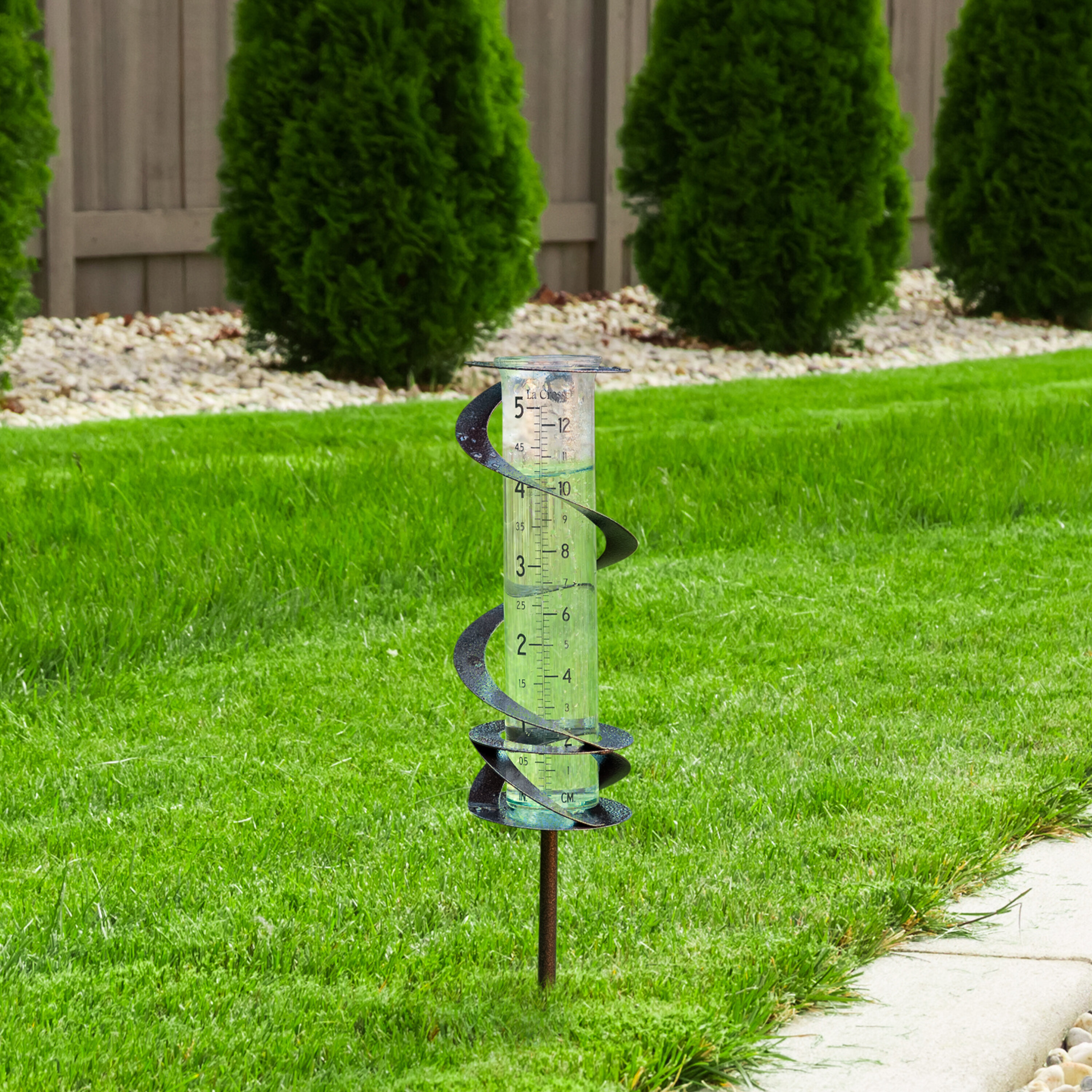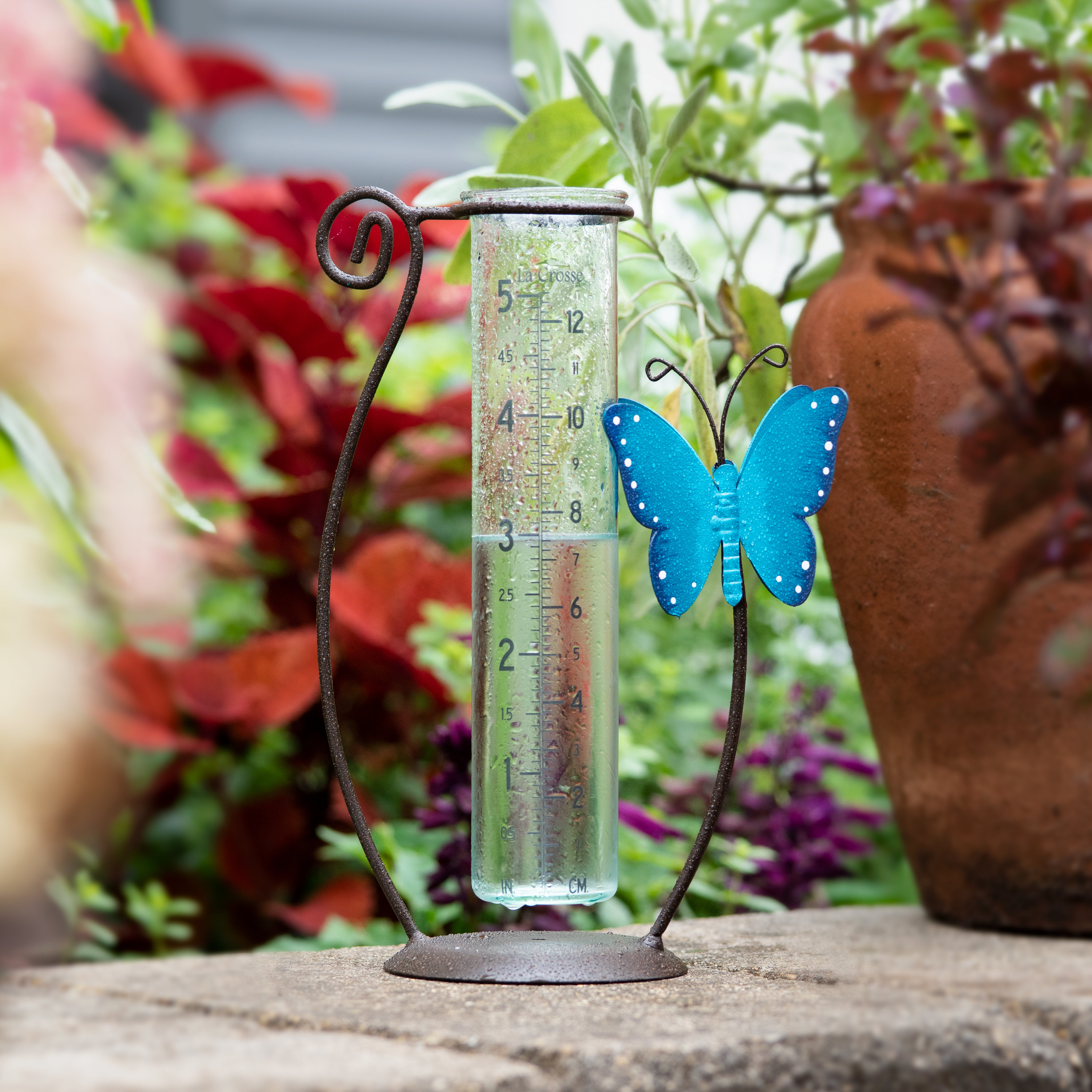Study The Rain Gauge: From Historic Development to Modern Applications
Wiki Article
Just How to Select the Right Rainfall Scale for Accurate Rain Data
Exact rains data is important for different industries and activities, such as water, farming, and weather forecasting resource monitoring. To acquire trustworthy dimensions, it is vital to choose the appropriate rain gauge. This guide intends to give valuable understandings into the choice procedure, enabling you to make enlightened choices. Taking into consideration elements such as area, kind, and precision of the rainfall gauge will help guarantee exact information collection. Additionally, comprehending the upkeep and calibration procedures will certainly add to the longevity and reliability of your rainfall scale. By adhering to these standards, you can ensure accurate rains information, making it possible for better decision-making and preparation for various applications.Importance of Picking the Right Rain Gauge
The relevance of selecting the best rainfall scale hinges on acquiring trustworthy and exact rains information for precise atmospheric evaluation. Rain information is crucial for a broad range of applications, including weather projecting, hydrological modeling, and environment study. Imprecise or unreliable data can lead to erroneous verdicts and flawed decision-making procedures.
Secondly, the accuracy and accuracy of the rainfall scale are vital. The scale must have the ability to gauge rains with high accuracy, capturing also percentages of rainfall accurately. It should also decrease errors due to dissipation, wind, and other environmental elements. Normal calibration and maintenance are vital to guarantee continuous precision.
Furthermore, the location and installation of the rainfall gauge are important factors to consider. It needs to be placed in an open location, far from obstructions that could impact rainfall measurements. The gauge must be positioned at a proper height and angle to prevent splashing and make sure proper catchment of rainwater.
Variables to Take Into Consideration When Picking a Rainfall Gauge
When selecting a rain scale, there are numerous crucial factors to consider. These aspects can significantly affect the accuracy and integrity of the rainfall information collected. The very first factor to consider is the kind of rainfall gauge. There are various kinds offered, consisting of common rain gauges, tipping bucket rain determines, and evaluating rain gauges. Each kind has its very own benefits and drawbacks, so it is essential to choose one that finest suits your certain requirements and needs.Another factor to take into consideration is the material of the rainfall scale. Rain assesses can be made from numerous products, such as glass, plastic, or metal. The material selected must be sturdy and immune to climate condition, making sure that the rainfall gauge will certainly withstand the elements and supply precise dimensions with time.
Accuracy is also a critical aspect to take into consideration. Seek rain determines that have actually been calibrated and examined for accuracy. Features such as anti-splash rings and funnels can likewise improve the precision of the dimensions.

Finally, consider the environment and setting in which the rainfall gauge will be utilized. Different rain gauges appropriate for different environments, so it is essential to pick one that is proper for the problems in your area.
Different Sorts Of Rainfall Evaluates Available
To further check out the factors to take into consideration when picking a rain scale, it is vital to recognize the various kinds of rain assesses offered. The most typical kind is the common rain scale, also understood as the cylindrical rainfall scale.Another kind of rain scale is the tipping container rain scale. This gauge uses a seesaw-like mechanism to collect and measure rains. As the rain comes under the scale, it fills up one side of the pail, causing it to empty the water and tip. The number of ideas is counted digitally to establish the amount of rainfall. Tipping bucket rainfall gauges are popular for their accuracy and ability to determine rains intensity.
A third type of rain scale is the considering rainfall scale. This scale makes use of a balance system to measure the weight of the collected rains. As the rain comes under the scale, it is collected in a container attached to an equilibrium. The weight of the water is gauged, and the rains amount is determined based upon the weight. Evaluating rain assesses are highly accurate yet can be extra costly and require normal maintenance.
Ultimately, there are additionally remote rain determines that use progressed modern technology to determine rainfall (The Rain Gauge). These assesses use sensing units and transmitters to send out data wirelessly recommended you read to a central system. Remote rainfall evaluates are convenient for keeping an eye on rains in hard-to-reach locations or for massive data collection
Just How to Determine the Precision of a Rainfall Scale
One means to examine the precision of a rainfall scale is by performing normal calibration dimensions. Calibration involves comparing the analyses of a rainfall gauge to a conventional dimension, such as a licensed rain scale or a weather condition station with high precision. By comparing the measurements, any inconsistencies or mistakes in the rainfall gauge can be recognized and made up.To carry out a calibration dimension, begin by accumulating rainfall information from both the rain scale and the conventional dimension device over a certain time duration, such as a month. Contrast the readings and determine the distinction between them. This difference is called the calibration mistake.
It is essential to keep in mind that calibration measurements need to be done consistently, as ecological factors, such as particles, wind, see this and temperature level, can affect the accuracy of the rain scale over time. By carrying out normal calibrations, any adjustments in the accuracy of the rainfall scale can be spotted and changes can be made accordingly.
In enhancement to calibration, it is also suggested to tidy and maintain the rain gauge on a regular basis to guarantee its precision. Remove any kind of particles or obstructions that might impact the precision of the measurements, and check for any signs of damages or wear that may need repair work or replacement.
Tips for Keeping and Adjusting Your Rain Scale
Routine upkeep and calibration are vital for making sure the precision and dependability of your rain gauge in measuring rainfall information (The Rain Gauge). By following a couple of easy tips, you can guarantee that your rainfall gauge is effectively kept and calibratedTo start with, it is essential to clean your rainfall gauge routinely to avoid any type of debris or dirt from blocking the rainfall collection mechanism. Use a soft brush and a moderate cleaning agent to gently clean the within and beyond the scale. Rinse it thoroughly with clean water and permit it to dry totally prior to re-installing it.
Second of all, it is recommended to calibrate your rainfall scale at the very least annually. Calibration entails comparing the dimensions of your rainfall gauge with those of a trusted and precise recommendation scale. This will assist you determine and fix any kind of potential errors in your rainfall scale's dimensions.
To calibrate your rainfall gauge, accumulate a known quantity of water making use of a gauging container and contrast try this out it with the dimensions videotaped by your rain gauge. Readjust the readings appropriately to make sure precision.

Verdict
In conclusion, selecting the best rainfall gauge is essential for acquiring precise rainfall information. Variables such as objective, location, and spending plan must be thought about when picking a rainfall scale.There are various types readily available, including basic rain determines, tipping bucket rainfall gauges, and considering rain determines.To further explore the variables to consider when choosing a rainfall scale, it is essential to comprehend the different types of rainfall evaluates available. The most typical type is the standard rainfall gauge, likewise recognized as the cylindrical rainfall gauge.One more type of rain scale is the tipping bucket rain gauge. Calibration involves comparing the readings of a rain gauge to a typical measurement, such as a certified rain gauge or a weather condition station with high precision.
Report this wiki page